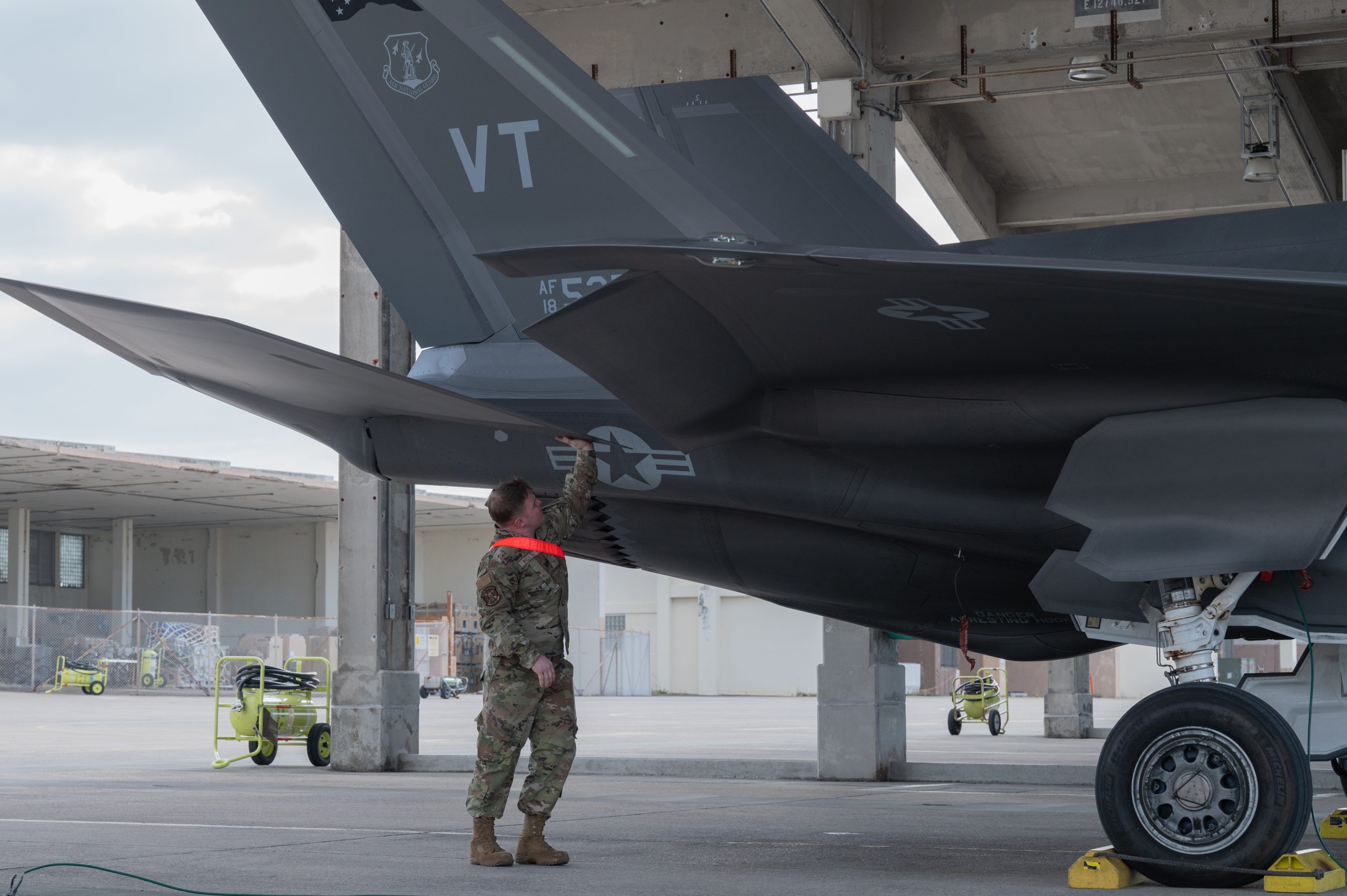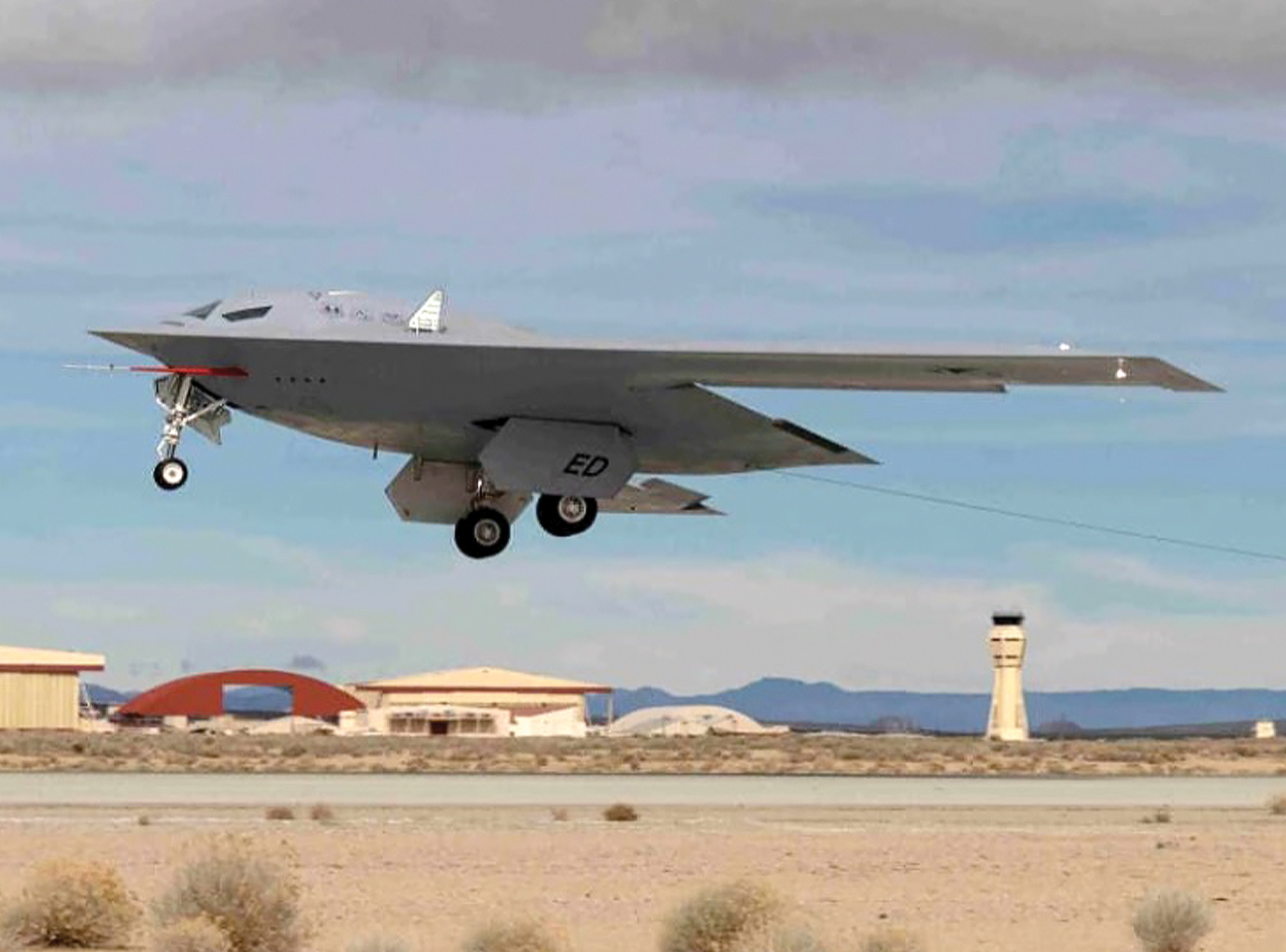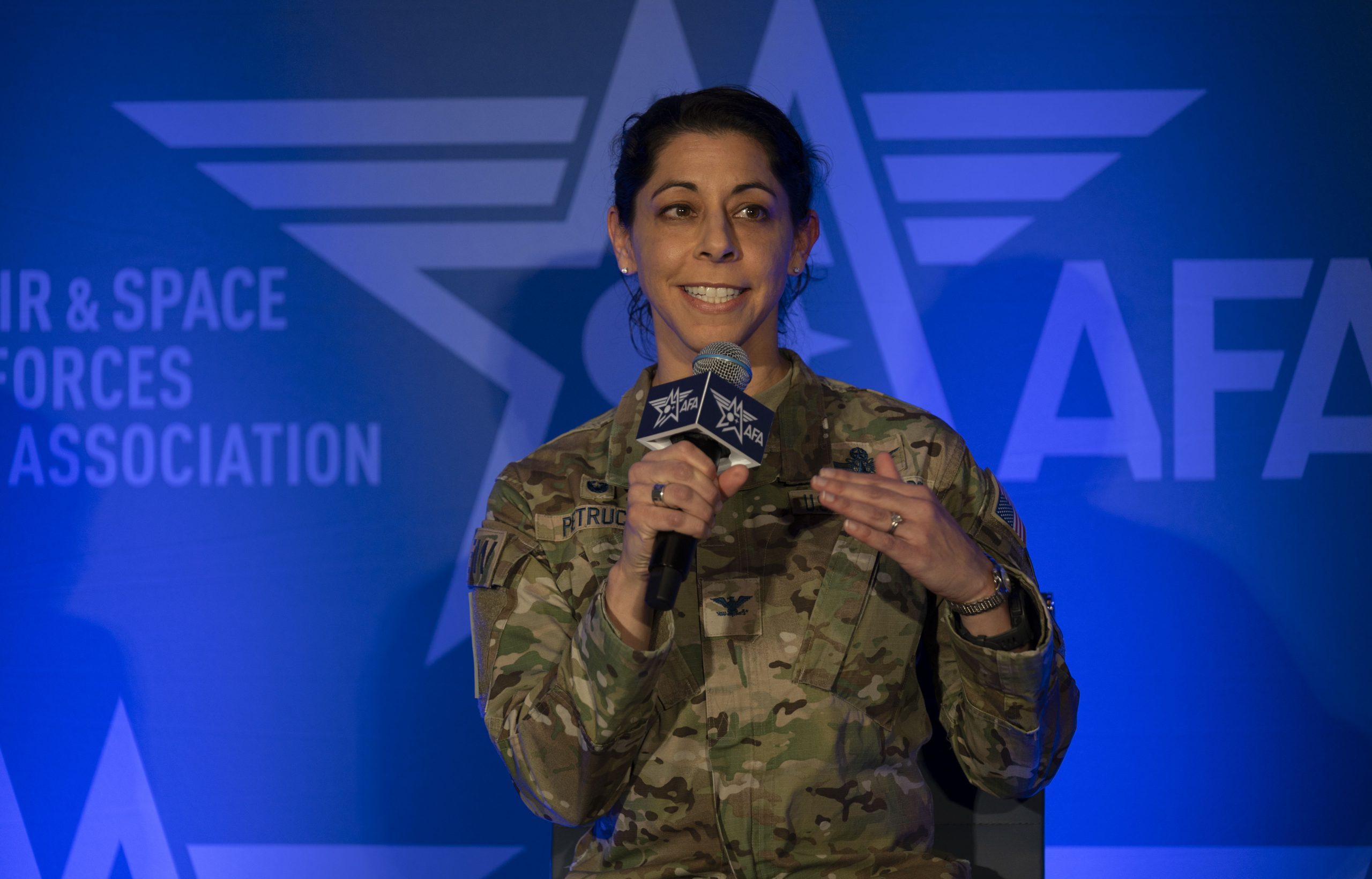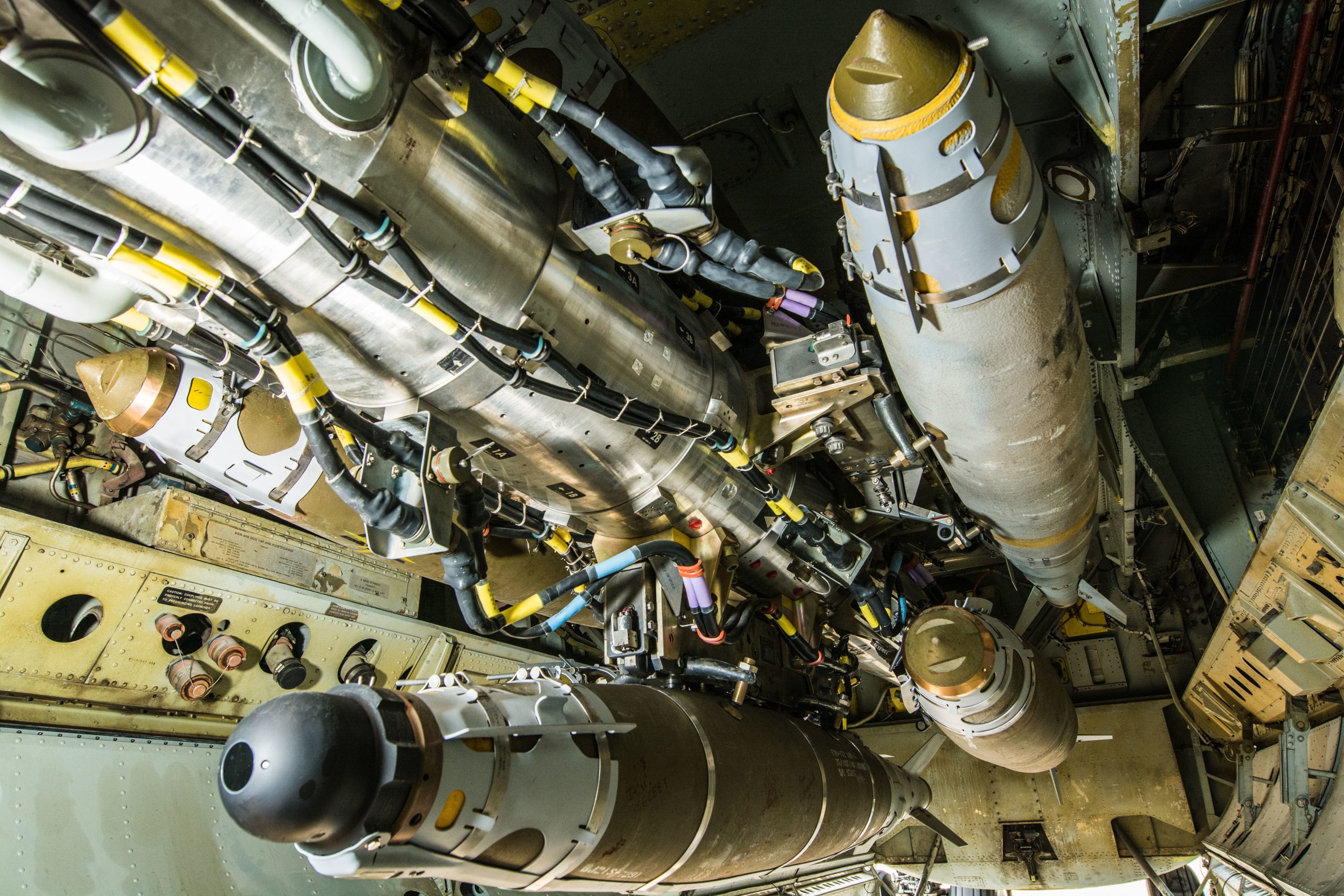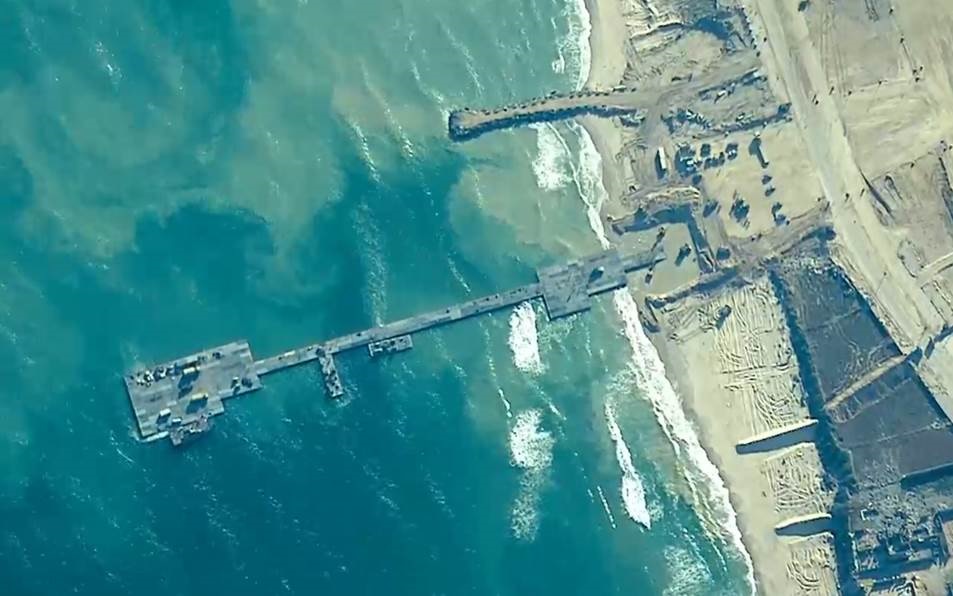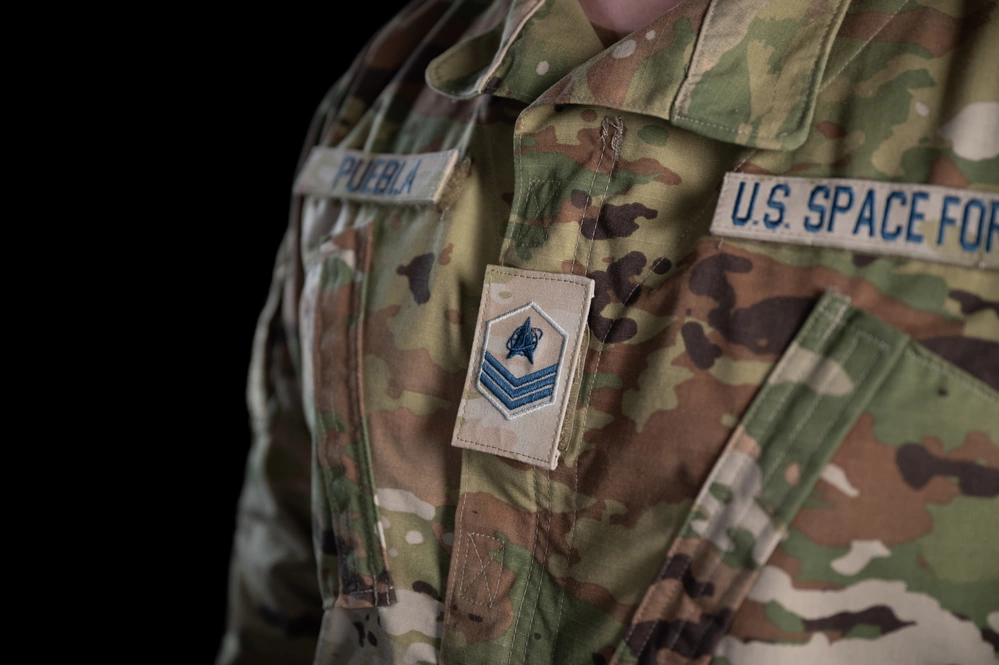AURORA, Colo.—Retired Air Force Col. John “JV” Venable, a former F-16 pilot and a senior fellow at the Mitchell Institute for Aerospace Studies, visited with Air & Space Forces Magazine at the AFA Warfare Symposium to talk about the state of readiness across the Air Force, from spare parts to flying hours.
